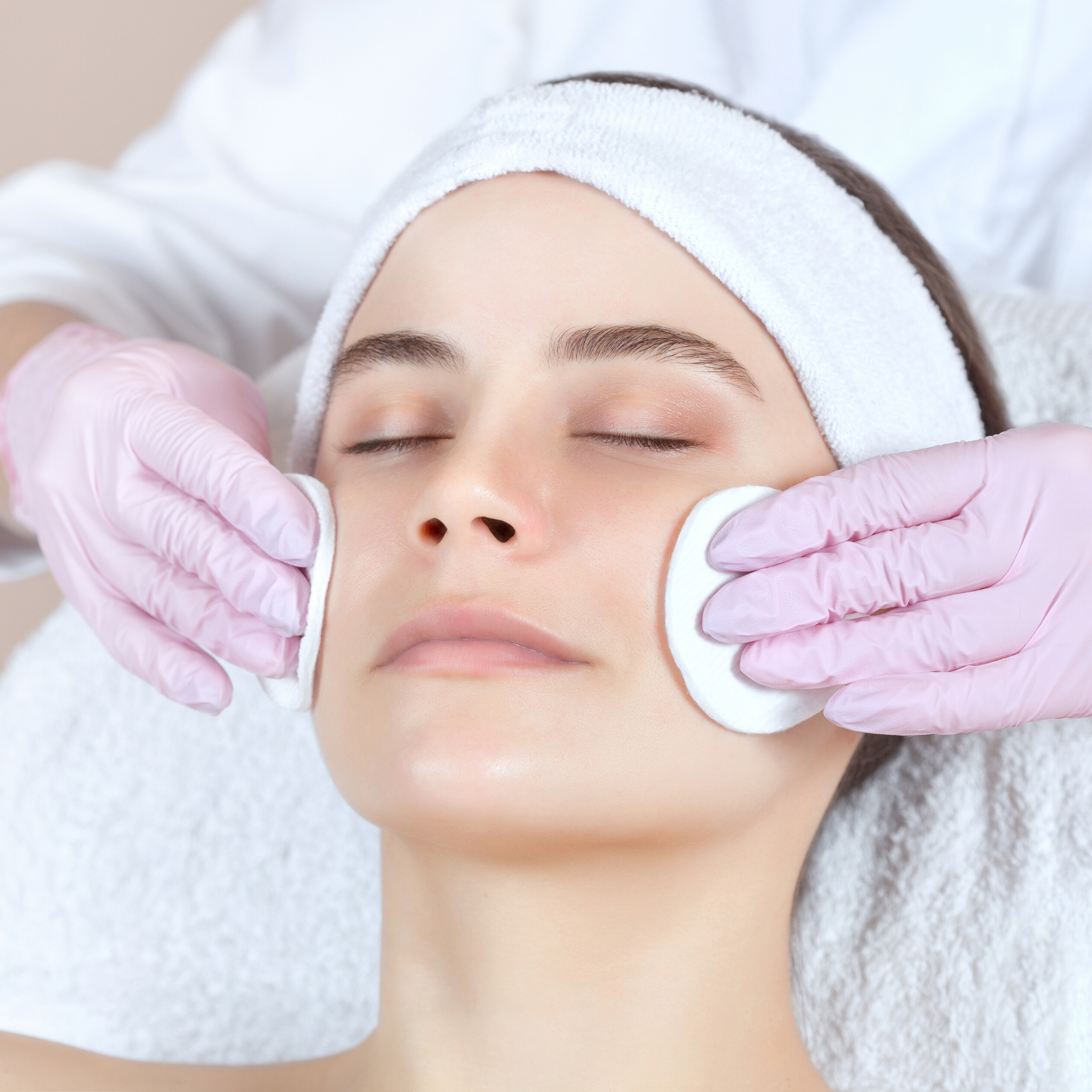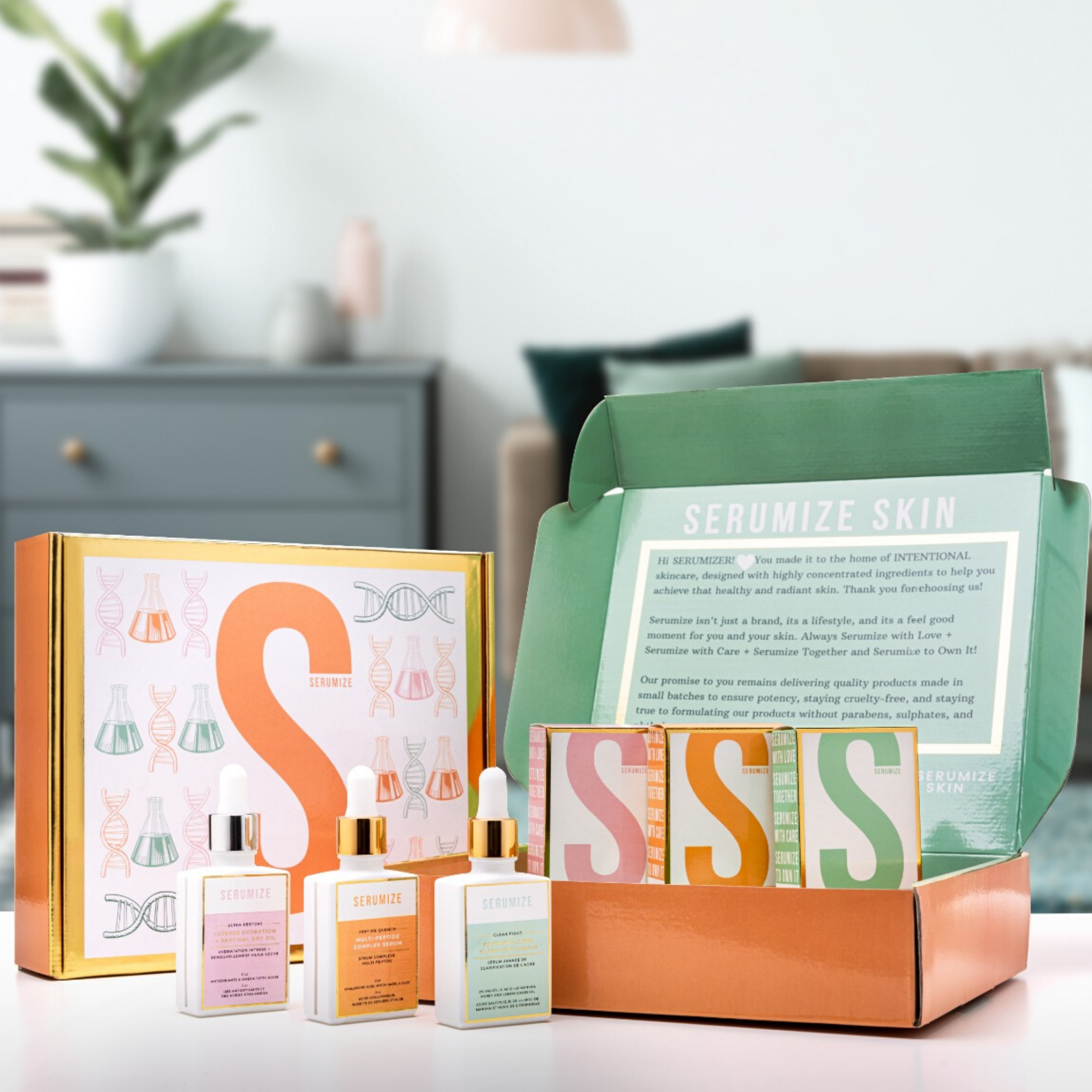What Is Micro-Needling?
Micro-needling is a treatment that uses a device with many small needles to create tiny punctures in the skin. This procedure creates micro tears in the skin which trigger the skin’s natural healing process which includes the production of new collagen and elastin which can help with certain skin conditions.
The popularity of micro needling has grown by leaps over the pasts few years due to its efficacy and price point as compared to laser treatments. Micro-needling is usually performed by licensed aestheticians and dermatologists.
Micro-needling is minimally invasive and requires little to no downtime. Although, it is common to have some redness and swelling after the procedure. It is advised to hydrate and moisturize the skin adequately after the procedure. More importantly, micro-needling requires multiple sessions as the skin’s healing process needs to be sustained over some time to obtain results.
What Skin Conditions Can You Use Micro Needling For?
Micro-needling helps manage quite a several skin concerns.
Generally, micro-needling may produce brighter, firmer and more elastic skin.
Micro-needling may improve the appearance of acne scarring. Due to the production of increased collagen and elastin, many types of acne scarring can appear smoother an event
Micro-needling may also be useful to improve the appearance of wrinkled skin. However, as earlier discussed, the skin will age and no treatment can guarantee 100 per cent results.
Micro-needling may improve the appearance of skin striations (also known as stretch marks).
Although it is not concluded, micro-needling is said to be able to induce hair growth.
Can You Micro Needle At Home?
At-home micro-needling devices are available for purchase on many websites. These devices usually called derma rollers have duller needles compared to professional-grade micro-needling equipment. They work by creating shallow punctures in the skin to achieve the desired effect.
However, it is inadvisable to perform this procedure at home for multiple reasons;
- The skin may not be prepped adequately for the procedure.
- Improper sterilization of equipment can lead to acne or serious infections.
- Overuse is likely as consumers often believe that increased use over a long period will guarantee better results.
- The procedure may not be safe for people with certain skin conditions such as acne or psoriasis



